Not just for the birds: How citizen scientists flock together for conservation
They act as "eyes and ears on the ground", complementing the work of wildlife researchers. CNA looks at the growing number of citizen scientists in Singapore who help to monitor birds on the island.
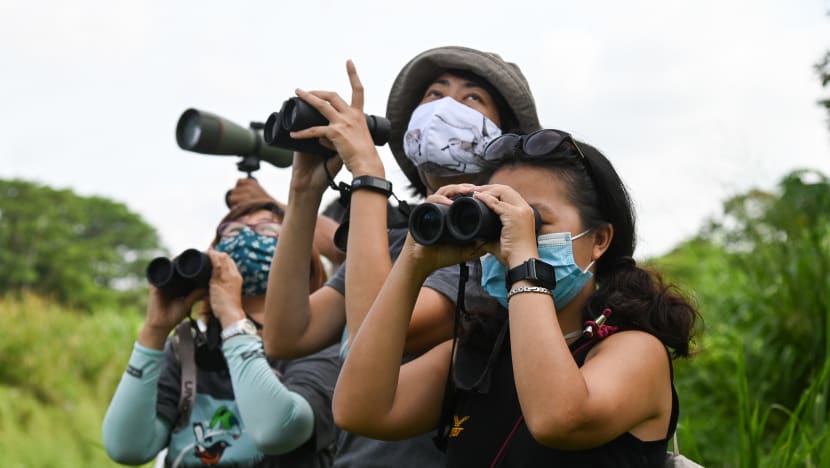
A team of birdwatchers taking part in the Bird Race on Dec 6, 2020. (Photo: Calvin Oh)
SINGAPORE: The birds were chirping all around us as we gathered at the Sungei Buloh Wetland Reserve visitor centre early on a Sunday morning.
The teams of birdwatchers there were armed with binoculars, sporting scopes and cameras with lenses as long as bazookas – waiting for 7.30am when the Bird Race Sprint officially starts.
Held annually, the race involves spotting as many species of birds in the allotted time as possible.
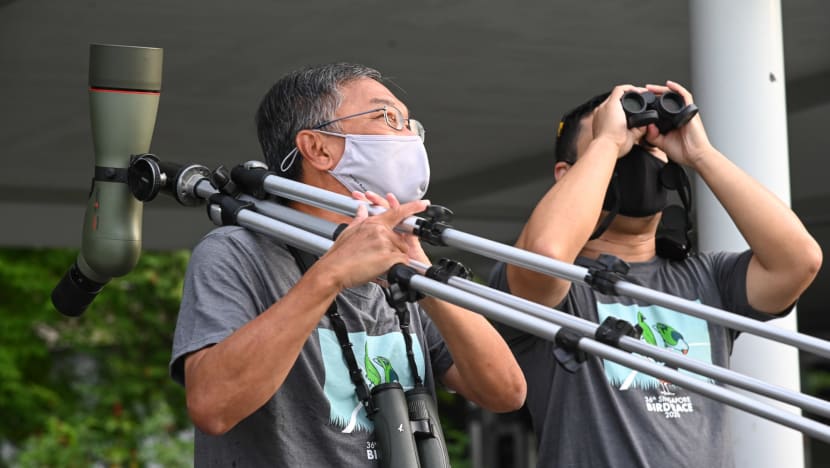
The team CNA was trailing were taking note of the birds that could be heard even before the official start time, and were off at the stroke of the clock, ticking off types of doves, parrots, sunbirds and a pair of white-bellied sea eagles gliding in to their nest.
“You usually hear them first, seeing them is just the final confirmation,” said Dr Yeo Seng Beng, a professorial bird lover with mussed-up white hair, who could seemingly identify every bird by its call.
The medical doctor was with a team of avid birdwatchers led by Mr Alfred Chia, along with Ms Sandra Chia and Minister for National Development Desmond Lee, who was taking part in his third Bird Race.
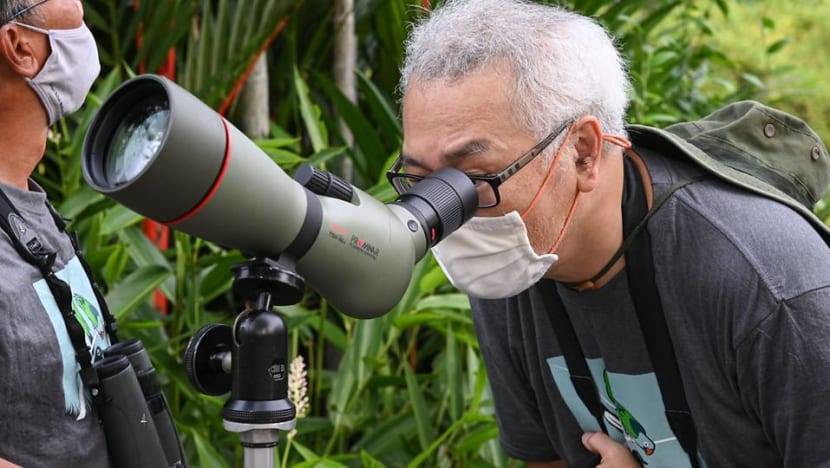
The four trekked and drove around the Lim Chu Kang area with their ears pricked and eyes scanning the trees, marshes and skies. There were times when a flash of feathers was quickly spotted by one or more of the team – sometimes way up in the clear blue.
“It’s a brahminy kite, you can tell by the shape of the wings,” said Mr Lee, looking up as the group traipsed through Kranji Marshes. The others quickly assented, eager to zip to more "ulu" (remote) areas seemingly known only to birdwatchers.
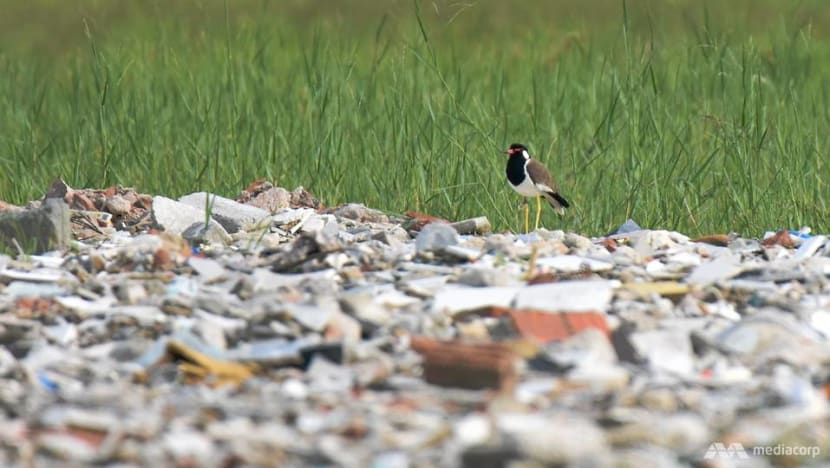
Along the way, Mr Lee patiently pointed out and identified the specks in the distance to CNA – from a red-wattled lapwing which had been tagged by researchers in Singapore, to sandpipers in a longkang in the middle of Lim Chu Kang.
At the end of five hours, they had walked about 12,000 steps each, Mr Chia estimated, spotting 73 bird species, about eight of which were threatened species. They came second in the Sprint category of the Bird Race (the full Bird Race lasts 24 hours).
READ: 20 new species of fauna recorded on Pulau Ubin, including new type of spider
Although the team spotted the most species of birds, they lost on points as the race this year came with a twist: More points were allotted to endangered native species, and the team had not spotted the rarest birds, which were worth five points each.
For a newcomer, the speed and urgency at which the bird species were called out were baffling. Mr Chia, 60, who planned the route the team took for the Bird Race, said that there was no secret to it – you just learned the calls, the way the birds flew, and where they lived from experience.
“EARS AND EYES ON THE GROUND”
Mr Chia, a longtime member of the Nature Society of Singapore’s Bird Group has been at it for more than 30 years. He lends his experience to numerous censuses and surveys of the bird population conducted in Singapore by the Nature Society and the National Parks Board (NParks).
Citizen scientists such as Mr Chia have been helping to monitor insects, birds and animals in Singapore for decades, and the number of such volunteers has increased with more awareness of nature and conservation here.
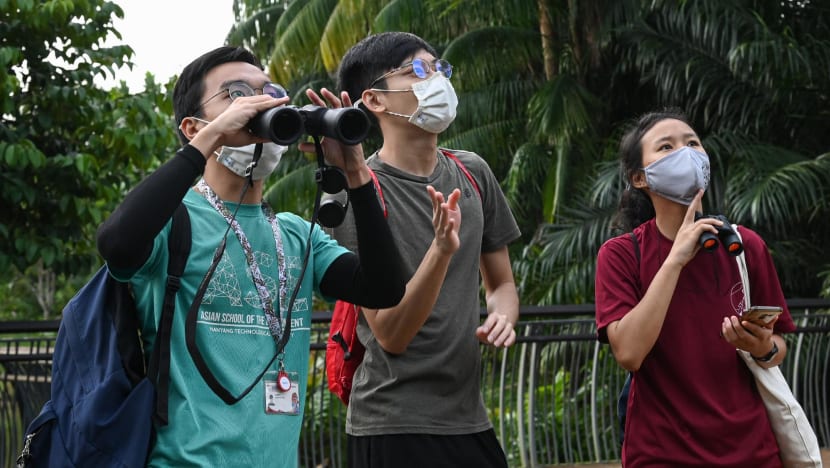
He was happy to see that this year’s Bird Race, the 36th edition, attracted about 250 people, twice the number of participants as the last few years’ races.
“This is a starting point; hopefully they will sustain the interest ... Those who started as a newbie today will be experienced five years down the road, especially if they cultivate an interest as a child,” he said.
The data collected on Dec 5 and 6, when the race was held, will also contribute to conservation eventually, he added.
How exactly does birdwatching here contribute to research that could happen overseas or even years down the road?
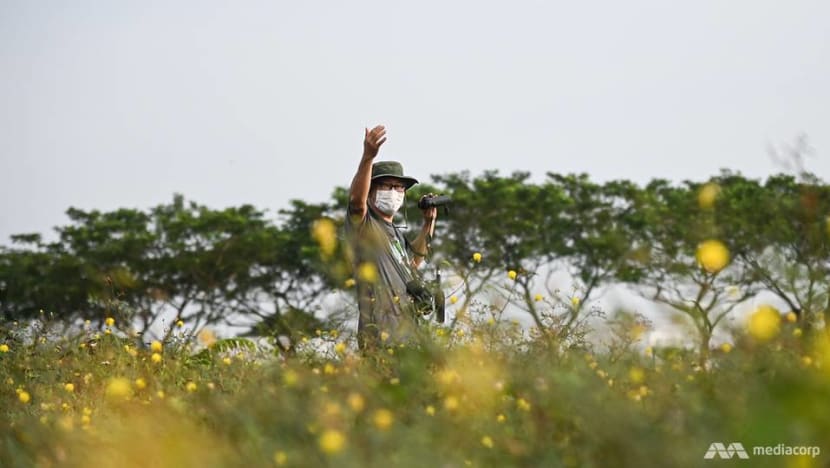
Mr Lim Kim Chuah, lead organiser of the Bird Race and chair of the Nature Society Bird Group, said that this year, race participants need to key in their sightings to eBird, an app by the Cornell Lab of Ornithology. About 180 species of birds were recorded and this information will be archived in the Cornell lab’s database.
“Say you're doing research on the Arctic warbler - you can go in there, and then you can see … where all the Arctic warblers were seen in Singapore … this is just one example of how people can use the information collected during the Bird Race,” he said.
The Arctic warbler is a migratory bird that can be found as far north as Siberia but spends its winters in Southeast Asia.
IN FOCUS: How urbanised Singapore is learning to live with its wildlife
While the Bird Race is likely the most adrenalin-inducing birding event of the year, the Nature Society also conducts quarterly censuses of birds in Singapore, and has been doing so for decades. From these studies, they can see trends over the years such as whether the populations of certain birds are in decline.
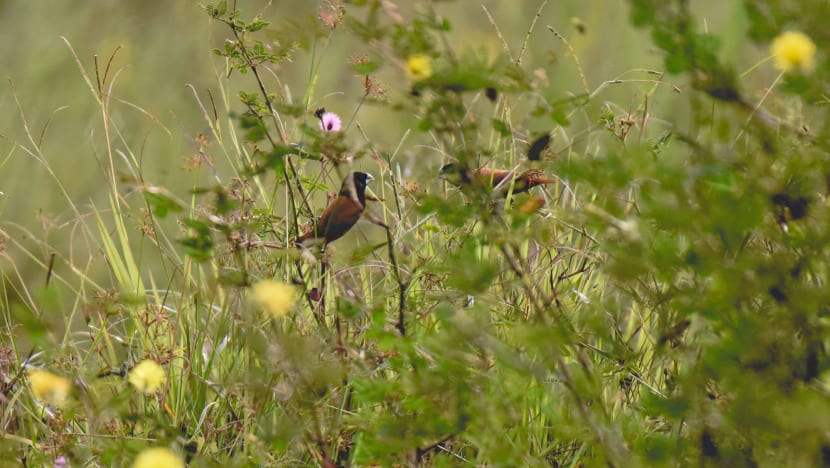
“That raises the question - Why is the population falling? Why are we not seeing this (bird) anymore? We hope some researcher can pick this up and then try to find out the root cause,” said Mr Lim, 57.
“There are only so many researchers, but there are a lot more citizen scientists. So these citizen scientists are the ears and the eyes on the ground.”
GROWING MOVEMENT
Birdwatching was one of the earliest ways the man on the street got involved in citizen science and nature conservation.
The National Audubon Society’s Christmas Bird Count in the United States, has been going on since 1900, and claims to be the longest-running citizen science project in the world. In Singapore, the Nature Society has conducted the annual bird census every year since 1986.
Native species, community engagement: Why there's more to planting trees than digging and watering
With more interest and awareness of local natural heritage, as well as a push by non-governmental organisations and government agencies, the number of volunteers for citizen science programmes have swelled in recent years.
By NParks’ count, the number of citizen scientists involved in its Community in Nature Biodiversity Watch series grew from 400 in 2015 to more than 9,000 in 2020. The series involves members of the public in large scale biodiversity surveys in gardens, parks, and nature reserves across Singapore.
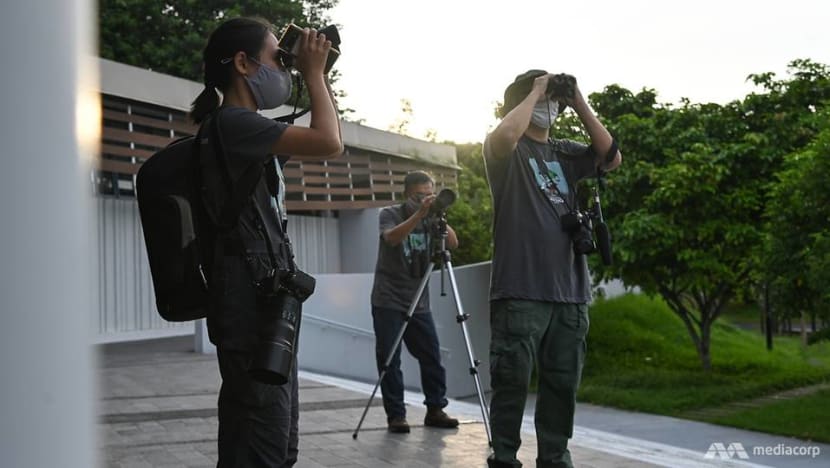
Its earliest and most popular programme, Garden Bird Watch, has about 1,400 participants who NParks said have contributed “a wealth of citizen science data”.
This year, that data resulted in the first book in Singapore to show the distribution of specific birds across Singapore’s green spaces, titled A Review of Garden Bird Watch.
“Monitoring our biodiversity is important to help us understand the quality of the habitats, track the number and richness of species over time, and develop management strategies to sustain or enhance these populations,” said Mr Lim Liang Jim, group director of NParks’ National Biodiversity Centre.
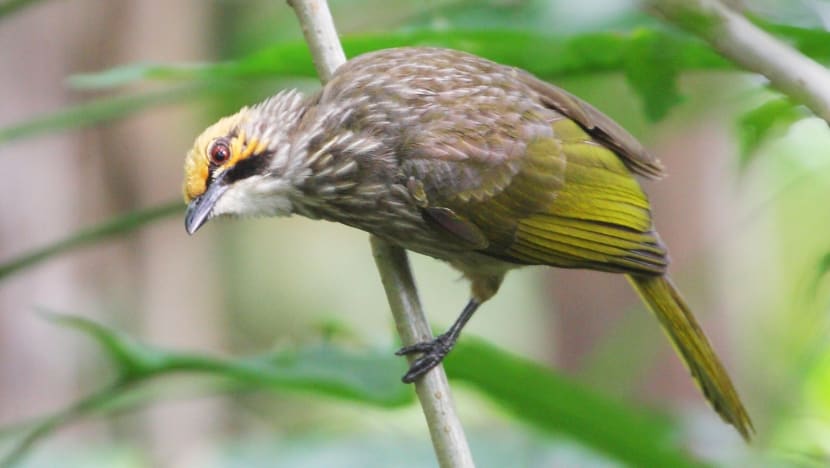
An upcoming project that the Nature Society’s Bird Group will be involved in is the conservation of the straw-headed bulbul - a melodious songbird that is critically endangered. A recent study has found that there could be as many as 600 bulbuls in Singapore, constituting up to half of the species’ global population - and it may be the one place on Earth where the bird is thriving, due to a dearth of poachers.
NParks is working with the Bird Group to conduct a two-year baseline survey of the population of the species in Singapore and there are discussions to form a work group for its conservation next year.
Besides birds, there are also community programmes for monitoring butterfly and dragonfly species, and to report sightings of sea turtles and horseshoe crabs along the coasts.
READ: More turtle sightings and nests over the last few years: NParks
READ: Lornie Nature Corridor opens as rewilding plan launched to introduce more naturalistic landscapes
Comprehensive surveys of areas such as Bukit Timah Nature Reserve, Pulau Ubin, and the Southern Islands have also been done with the support of the community, said NParks’ Mr Lim.
Besides yielding data for research, such programmes have hooked rookie nature lovers who have grown into full-fledged birdwatching aficionados.
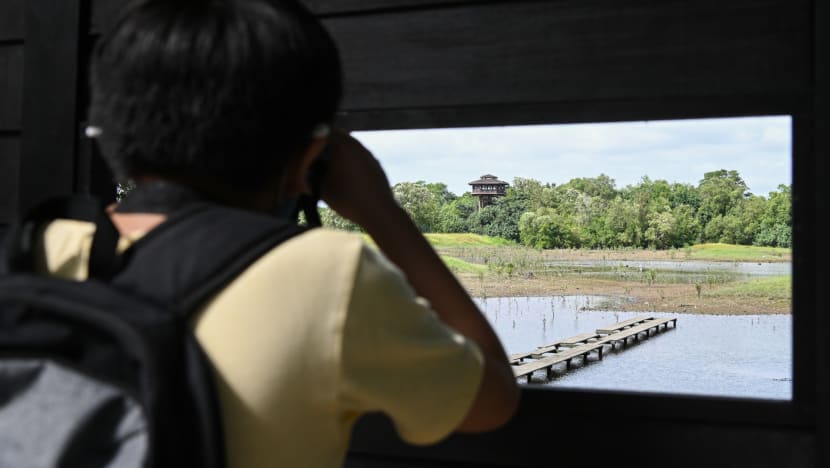
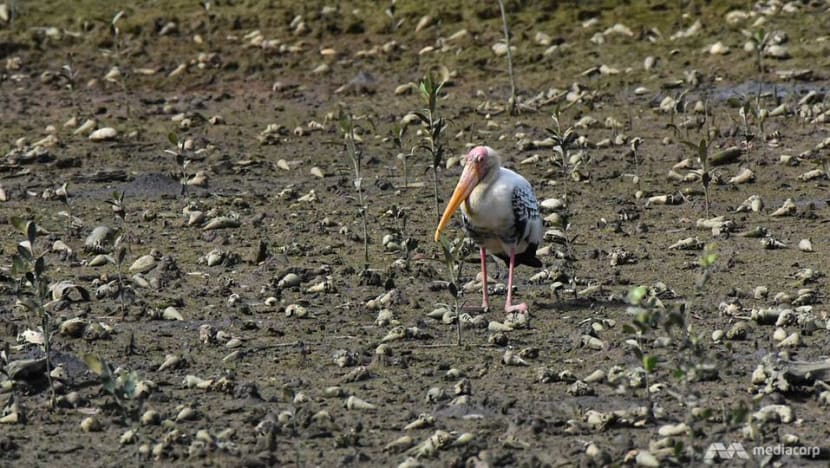
Ms Liu Xinlu’s interest in birds began when she joined the Comprehensive Ubin Biodiversity Survey in 2018, a project to learn more about Pulau Ubin’s wildlife. The ongoing two-year project involves 200 NParks staff, researchers and citizen scientists from nature groups.
An environmental science graduate, Ms Liu has always loved nature, but the training given for the survey and going on expeditions with experienced birdwatchers, such as Bird Group chair Mr Lim and Mr Chia, gave her the impetus and knowledge to pursue birding as a passion.
She recounted how during the “circuit breaker” earlier this year, she couldn’t go anywhere but the birds “came to her” - and by seeing the migratory birds from far-off places, she could almost imagine travelling again.
“I like to travel. I think the meaning of travel is to experience ... different places, understand different cultures and in birding, you get a different lens to look at the world,” she said.












